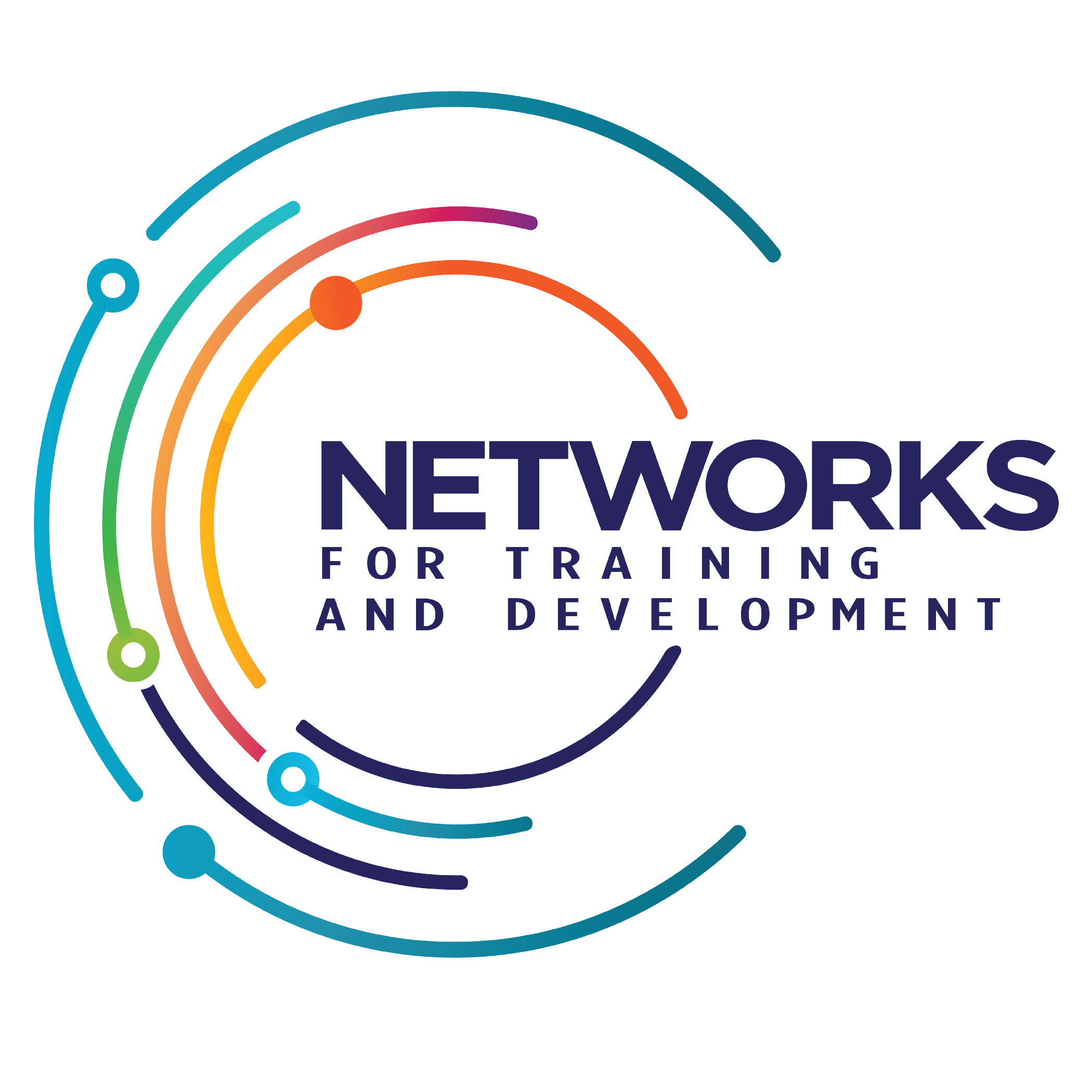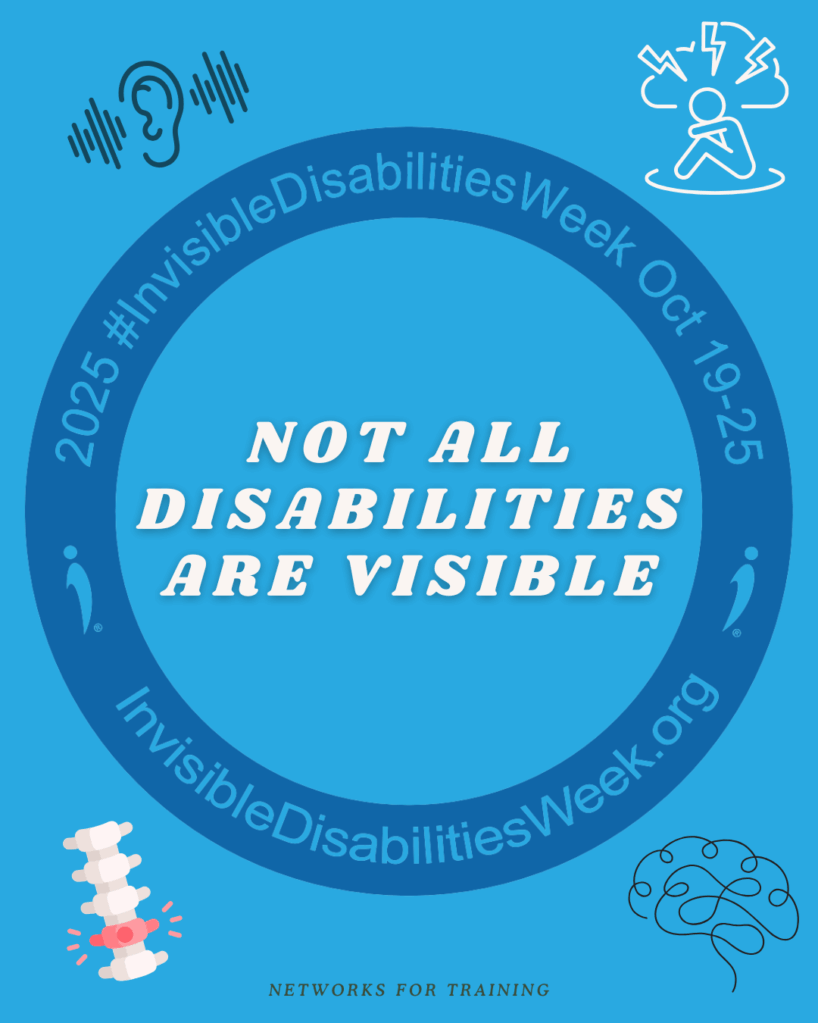This week (October 19–25) is Invisible Disabilities Week — a time to highlight the many disabilities that aren’t always apparent to others, yet profoundly impact daily life.
When we talk about disability, many people picture what they can see — mobility aids, service animals, or other visible indicators. But millions of people live with disabilities that don’t have an outward sign. Their symptoms or challenges might be internal, fluctuating, or misunderstood.
What Is an Invisible Disability?
Invisible disabilities can include a wide range of physical, cognitive, and emotional conditions, such as:
- Chronic pain and fatigue
- Autoimmune disorders
- Neurological differences such as ADHD or autism
- Mental health conditions
- Hearing loss or auditory processing differences
- Dyslexia and other learning disabilities
These experiences may be unseen, but they are felt deeply. Often, the lack of visible evidence leads to assumptions, judgment, or gaps in support.
Why Awareness Matters
It’s easy to overlook what we don’t immediately recognize. That’s why awareness weeks like this exist, to remind us to pause, listen, and acknowledge the realities others are navigating every day.
Invisible disabilities can affect:
- Work and productivity
- Social interactions
- Physical comfort and safety
- Emotional well-being
- Access to environments and opportunities
Understanding these realities helps us move beyond “you don’t look disabled” thinking and into meaningful inclusion.
Our Commitment to Inclusion
At Networks for Training and Development, we believe that awareness leads to understanding and understanding leads to true inclusion.
When we design spaces, programs, and interactions that accommodate a wide range of needs, both seen and unseen, we create communities where everyone has the opportunity to participate fully.
When we listen without assumptions, we show respect.
When we believe people’s experiences even if we can’t see them, we show compassion.
When we build with accessibility in mind, we show that everyone belongs.
Learn More & Continue the Conversation…
To explore helpful resources and stories from those living with invisible disabilities, visit: https://invisibledisabilities.org/seminarsandevents/invisible-disabilities-week/

